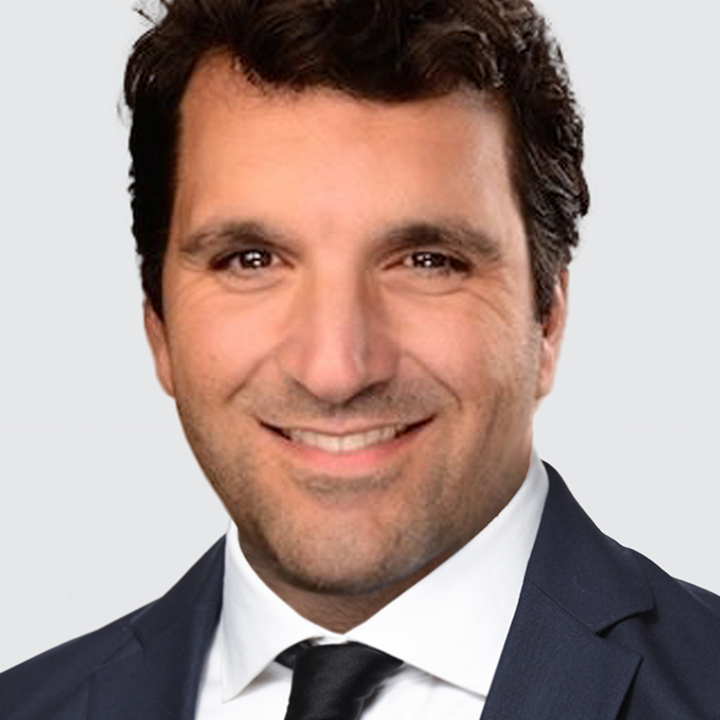US
USD recovered against most major currencies underpinned by an upward adjustment to US interest rate expectations. Fed funds futures trimmed odds of a December 10 rate cut to less than 50% as some Fed officials (Bostic, Logan, Schmid, Kashkari, Musalem, Hammack, and Collins) argued for caution on additional policy easing last week.
Nonetheless, their comments aren’t surprising given their hawkish leanings, and some of them don’t vote this year but rotate as voters next year. Fed speakers today include: New York Fed President John Williams, Fed Vice Chair Philip Jefferson, Minneapolis Fed President Neel Kashkari (2026 voter), and Fed Governor Christopher Waller.
The minutes of the FOMC October 28-29 meeting (Wednesday) should offer more details about the “growing chorus” of Fed officials supporting skipping a cut. Regardless, the incoming backlog of US economic data will shed greater light on the state of the economy and matter more for near-term rate expectations. This week the highlight is the September non-farm payrolls report (Thursday), while the August data on construction spending (today), factory orders (Tuesday), trade balance (Wednesday), and September real earnings (Friday) take a back seat.
Non-farm payrolls are expected at 50k vs. 22k in August, consistent with the breakeven pace of job gains (between 30k and 50k) required for keeping the unemployment rate steady. For reference, the ADP private employment fell -32k in August while Revelio labs non-farm employment (private and public) rose 33k. The decline in the hiring rate suggests labor demand is weak and points to downside risk to the NFP print.
We are sticking to our view that the Fed will deliver a follow-up 25bps cut to 3.50%-3.75% in December because restrictive Fed policy can worsen the already fragile employment backdrop and upside risk to inflation are not materializing. Bottom line: USD is bound to come under renewed downside pressure.
CANADA
USD/CAD is holding above key support at 1.4000. Canada’s October CPI print is up next (1:30pm London, 8:30am New York). Headline CPI is seen easing to 2.1% y/y (BOC Q4 forecast: 2.0%) vs. 2.4% in September reflecting lower energy prices. Core CPI (average of trim and median CPI) is expected at 3% y/y (BOC Q4 forecast: 2.9%) vs. 3.15% in September. If so, Canada’s inflation backdrop data would support market pricing for steady rates at 2.25% over the next 12 months and rate hikes in the next two years. That limits CAD downside.
JAPAN
USD/JPY is firmer just under its next resistance at 155.00. Japan Q3 real GDP fell less than expected. The economy shrank -0.4% q/q (consensus: -0.6%) after rising 0.6% in Q2. The decline was driven by residential construction - due to stricter environmental standards - and exports – due to front-loading shipments ahead of US tariffs. Importantly, private domestic demand is resilient. Household consumption rose 0.1% q/q vs. 0.4% in Q2 and private non-residential investment increased 1% q/q vs. 0.8% in Q2.
The swaps market trimmed odds of a December BOJ rate hike to 30% from 50% last week on concerns the Takaichi administration will pressure the BOJ to hold off on raising interest rates. In our view, the markets are underpricing the risk of a December 19 BOJ rate increase given that fiscal support is set to be ramped up. Japan’s Prime Minister Takaichi is planning a fresh package of economic measures that is likely to exceed last year's ¥13.9 trillion (2.2% of GDP) supplementary budget.
SWITZERLAND
USD/CHF is consolidating under 0.8000 after reaching a cyclical low near 0.7830 in September. Switzerland preliminary real GDP contracted more than expected in Q3. The economy shrank -0.5% q/q (consensus: -0.1%) vs. 0.1% in Q2, driven by a drag from the industrial sector. The services sector grew at a below-average rate. Encouragingly, the economy should soon recover as the US and Switzerland reached a trade deal Friday that would cut tariffs on Swiss goods to 15% from 39%.
The Swiss National Bank (SNB) can afford to keep rates on hold at 0.00% despite Swiss inflation undershooting the bank’s projection. Regardless, CHF uptrend is intact underpinned by its status at the ultimate store of value among fiat currencies.
Week Ahead - In Brief
- RBA November 4 meeting minutes (Monday) and Australia Q3 wage growth (Tuesday) to reinforce the bank’s steady bias. AUD positive.
- UK October CPI (Wednesday) and October retail sales (Friday) are expected to leave room for the Bank of England to resume easing at its next December 18 meeting. GBP negative.
- Japan October CPI (Thursday) will help guide BOJ December rate hike bets. JPY neutral.
- November PMIs for major economies (Friday) will offer a timely update on growth momentum. The October PMI data showed US private sector growth momentum outpacing that of other major economies. If this trend persists, it poses an upside risk for USD.
- National Bank of Hungary is widely expected to keep rates steady at 6.50% for a 14th consecutive meeting (Tuesday). HUF to keep outperforming PLN.
- South African Reserve Bank (SARB) is expected to cut rates 25bps to 6.75% (Thursday).
- Bank Indonesia (BI) is expected to keep the policy rate at 4.75% (Wednesday) in part to support IDR.
- China’s commercial banks are widely seen leaving the 1 and 5-year loan prime rates unchanged for a sixth month at 3.00% and 3.50%, respectively (Wednesday). The PBOC has held the policy-relevant 7-day reverse repo rate at 1.40% since the 10bps cut in May.

